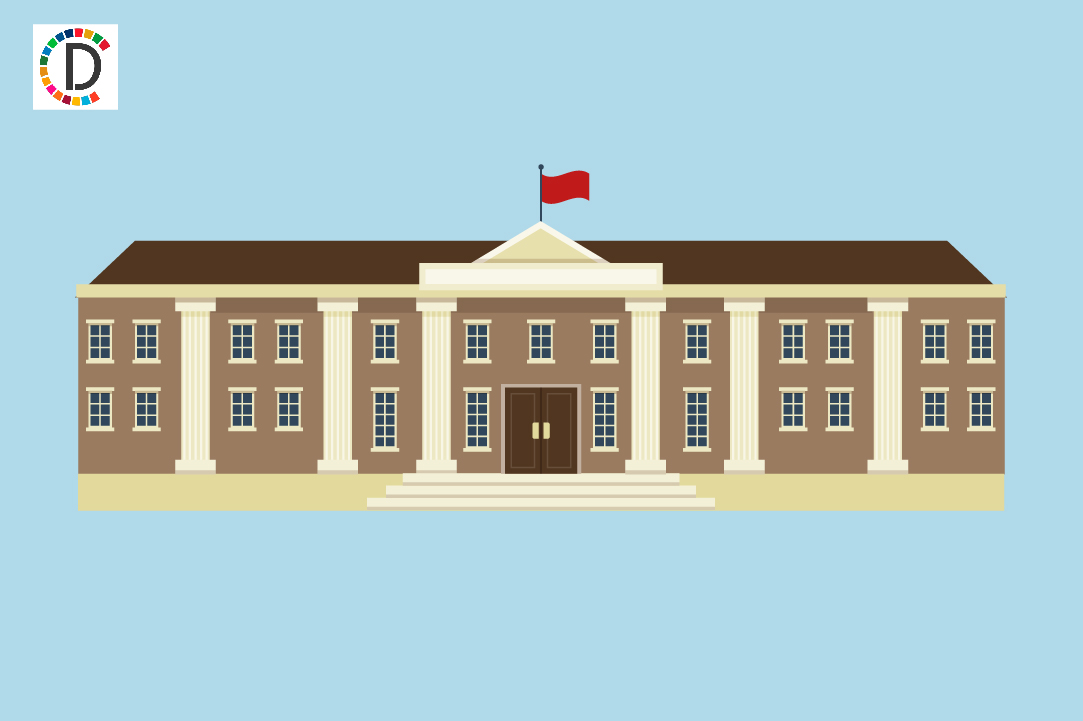EU plans to send Russian frozen asset revenues to Ukraine arms fund
Borrell told reporters in Brussels he would submit a formal proposal to the EU's 27 member governments on Wednesday, ahead of a summit of the bloc's leaders on Thursday and Friday. Under Borrell's plan, the money would go to the European Peace Facility, an off-budget fund that provides military aid to countries outside the EU and has been used mainly for Ukraine.

The European Union should take 90% of revenues from Russian assets frozen in Europe and transfer them to an EU-run fund that finances weapons for Ukraine, the bloc's foreign policy chief Josep Borrell proposed on Tuesday. Borrell told reporters in Brussels he would submit a formal proposal to the EU's 27 member governments on Wednesday, ahead of a summit of the bloc's leaders on Thursday and Friday.
Under Borrell's plan, the money would go to the European Peace Facility, an off-budget fund that provides military aid to countries outside the EU and has been used mainly for Ukraine. "If we do that, well, the Russians will not be very happy," Borrell said. "The amount of money - three billion (euros) per year - is not even extraordinary. But it is not negligible."
Some 70% of all Russian assets immobilised in the West is held in the Belgian central securities depository Euroclear, which has the equivalent of 190 billion euros ($206.1 billion) worth of various Russian central bank securities and cash. Borrell said not all the money flowing into the Peace Facility from the seized revenues would be used for Ukraine - but he expected most of it would be.
He proposed the remaining 10% of the seized revenues go into the EU's central budget - which cannot be used to by weapons - to boost the defence capacity of Ukrainian industry. A senior EU official said last week that Russian assets frozen in the European Union are likely to generate between 15 billion and 20 billion euros in after-tax profits until 2027, depending on global interest rates.
Borrell stressed the proposal was to use profits from the assets held in Europe rather than the assets themselves. European officials initially discussed using the proceeds from the frozen assets to fund the reconstruction of Ukraine.
But in recent weeks, they have increasingly focused on how to help Ukraine militarily as Kyiv's ammunition-starved forces struggle to hold back Russia's invasion while a major U.S. military aid package is stuck in the U.S. Congress. German Chancellor Olaf Scholz and European Commission President Ursula von der Leyen are among leaders who have backed the idea of using the revenues for military aid to Ukraine.
Borrell said some members of the EU had voiced concern about legal issues and others about the effect on financial markets. But he said the European Central Bank had been closely consulted as EU staff developed the proposal. Some governments have also voiced concerns that Moscow could retaliate by seizing assets of Western companies held in Russia.
But Borrell argued the time had come to make a decision, which will need the unanimous consent of EU members to pass. He also argued that it made more sense to use the funds to prevent the destruction of Ukraine rather than waiting for Russia to destroy the country and using the money to rebuild it. ($1 = 0.9217 euros)
(This story has not been edited by Devdiscourse staff and is auto-generated from a syndicated feed.)
ALSO READ
US Congress introduces resolution condemning attacks on Hindu places of worship and discrimination against Hindus
CPI(M) and Congress lose traditional voter support due to appeasement politics: Javadekar
Nagaland: NDPP leader, former BJP member join Congress ahead of LS polls
Telangana: Congress' Satya Reddy exudes confidence in party's victory, says development only possible under congress govt
Congress' Sudip Barman attacks BJP, urges voters to support INDIA bloc in Lok Sabha polls










